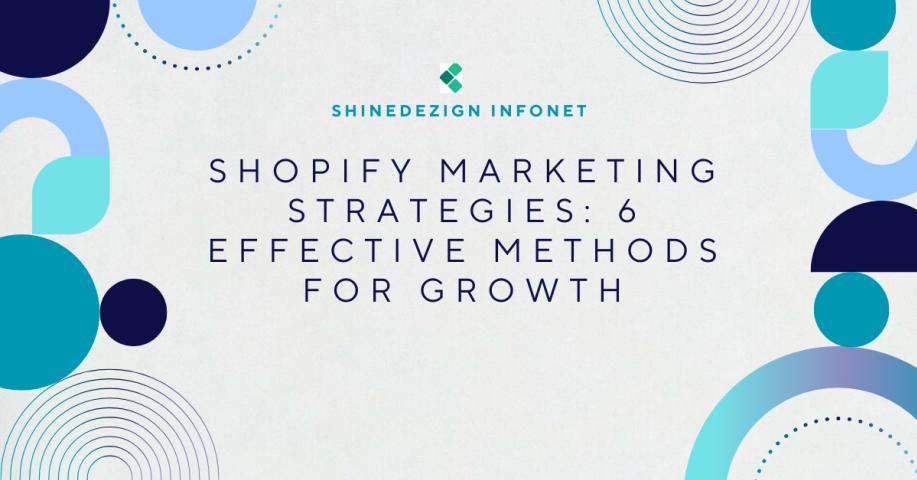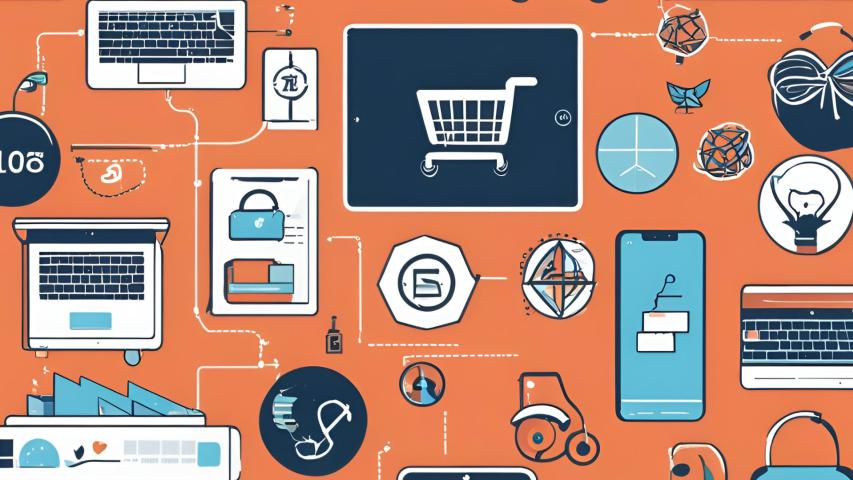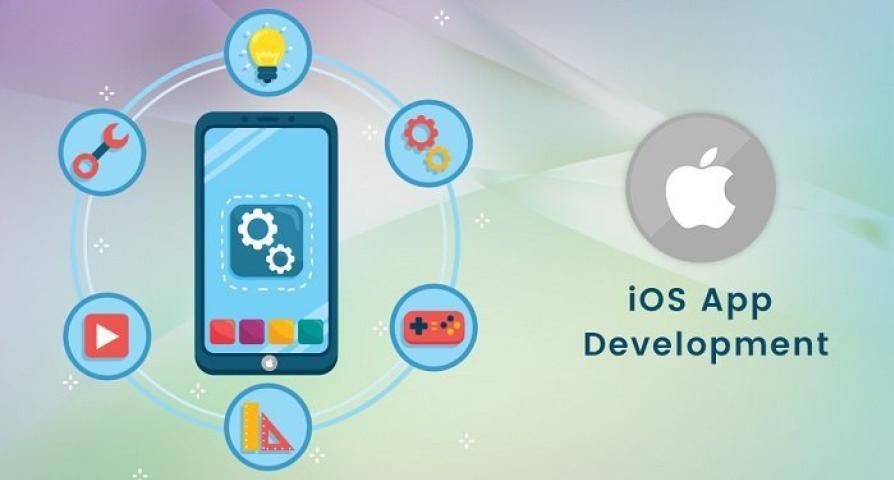In the rapidly evolving digital marketplace, developing a robust eCommerce mobile application is essential for businesses aiming to enhance their online presence and drive sales. However, understanding the cost implications of such a venture is crucial for effective budgeting and strategic planning. As we navigate through 2025, several key factors significantly influence the cost of eCommerce app development. This comprehensive guide explores these factors, providing insights to help you make informed decisions.
1. App Complexity and Feature Set
The complexity of your eCommerce app and its feature set are primary determinants of development costs. Apps can be categorized into three levels of complexity:
- Basic eCommerce Apps: These include essential features such as product listings, a shopping cart, and a straightforward checkout process. Development costs typically range from $10,000 to $50,000.
- Moderate Complexity Apps: Incorporating features like user authentication, multiple payment gateways, social media integration, and basic analytics. Costs for these apps range between $50,000 and $120,000.
- Complex eCommerce Apps: Featuring advanced functionalities such as AI-driven recommendations, real-time tracking, augmented reality (AR) experiences, and extensive third-party integrations. Development costs can start from $120,000 and may exceed $300,000.
2. Platform Selection: iOS, Android, or Cross-Platform
Choosing the right platform impacts both development costs and potential market reach:
- Native Development: Building separate apps for iOS and Android ensures optimal performance but increases costs, as each platform requires a dedicated development process.
- Cross-Platform Development: Utilizing frameworks like React Native or Flutter allows for a single codebase across multiple platforms, potentially reducing development time and costs. However, this may involve trade-offs in performance and user experience.
3. UI/UX Design Complexity
An intuitive and visually appealing user interface is vital for customer engagement:
- Custom Designs: Tailored interfaces that align with your brand identity enhance user experience but require more resources, increasing costs.
- Standard Templates: Utilizing pre-designed templates can reduce expenses but may result in a less distinctive user experience.
4. Integration with Third-Party Services
Integrating services such as payment gateways, customer relationship management (CRM) systems, and analytics tools adds functionality but also affects the budget:
- Payment Gateways: Incorporating multiple payment options enhances user convenience but involves additional development and compliance efforts.
- CRM and Analytics: Integrations that provide insights into customer behavior and sales performance are valuable but require careful implementation.
5. Development Team's Location and Expertise
The geographical location of your development team significantly influences costs:
- North America and Western Europe: Higher hourly rates, leading to increased overall development costs.
- Eastern Europe and Asia: More cost-effective options without necessarily compromising quality.
For example, developing an eCommerce app in India can be more affordable compared to the USA or UK.
6. Maintenance and Post-Launch Support
Ongoing maintenance is essential to ensure app performance, security, and compatibility with new devices and operating systems:
- Regular Updates: Addressing bugs, adding new features, and improving functionality incur continuous costs.
- Customer Support: Providing timely assistance to users enhances satisfaction but requires dedicated resources.
7. Compliance and Security Measures
Ensuring compliance with data protection regulations and implementing robust security protocols is non-negotiable:
- Data Protection Laws: Adhering to regulations such as GDPR or CCPA involves additional development efforts.
- Security Features: Implementing encryption, secure payment processing, and fraud detection mechanisms adds to development complexity and cost.
8. Emerging Technologies and Innovations
Incorporating cutting-edge technologies can enhance user engagement but also impact the budget:
- Artificial Intelligence (AI): Features like personalized recommendations and chatbots improve user experience but require specialized development.
- Augmented Reality (AR): Offering virtual try-ons or interactive product views differentiates your app but involves higher development costs.
Conclusion
Developing an eCommerce mobile application in 2025 involves a multifaceted approach, with costs influenced by factors such as app complexity, platform choice, design intricacy, third-party integrations, development team location, maintenance needs, compliance requirements, and the integration of emerging technologies. Collaborating with a reputable eCommerce App Development Company can help navigate these considerations effectively. By understanding these elements, businesses can make strategic decisions that balance functionality, user experience, and budget, ultimately leading to a successful eCommerce solution.













